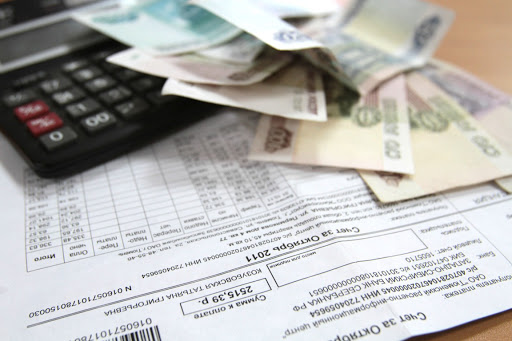Separation of tariffs in electricity bills should take place after market tariffs – expert
Currently, there are no preconditions for the separation of tariffs into commodity and transport components
An important prerequisite for the separation of tariffs in electricity bills into commodity and transport components is the gradual transition to market pricing for electricity for the population.
Bohdan Serebrennikov, manager on consultancy and analytical services of DiXi Group, wrote about this in a comment, Ukrayinska Energetyka reports.
“For the convenience of the population, the electricity bill should remain one with the indication of the tariff components in separate lines. An important prerequisite for the separation of tariffs in the electricity bill into commodity and transport components is the transition to market pricing for electricity for the population,” the expert said.
Currently, the population pays for the consumed electricity at a fixed two-rate tariff depending on the volume of monthly consumption - UAH 0.9/kWh for consumption up to 100 kWh and UAH 1.68/kWh - above this limit.
“The current tariff, even its upper rate, does not reflect the real costs incurred for the production, purchase and delivery of electricity to households, as the country uses covert cross-subsidization through imposing public service obligations (PSO). At present, the tariff in electricity bill is presented without the separation into commodity and transport components of electricity,” the expert wrote.
However, later, Serebrennikov is convinced, the separation of the tariff components should take place. This is due to the fact that according to the law, the former regional energy companies were separated into legally separate companies, one of which performs the monopoly function of transporting (distributing) electricity through local networks - the distribution system operator (DSO), and the other - its supply to the population – the supplier. Accordingly, each of the companies must receive its share of electricity payments, according to the tariffs approved for them by the Regulator.
“Separating the components of the tariff in electricity bills would also allow the consumer to see how much the actual delivery of electricity “to home” by local networks costs, and how much - the other part, which should include the price of purchase of electricity by the supplier in the wholesale market, its transmission by main power lines and transmission to the customer,” Serebrennikov noted.
Currently, electricity distribution tariffs vary by region. After all, transportation costs depend on the technical condition of the networks of a particular DSO, the efficiency of its activities, the level of electricity losses in the networks and so on. PrJSC Zakarpattiaoblenergo, JSC DTEK Donetsk Grids and LLC Luhansk Energy Association have the highest distribution tariffs – UAH 0.98, 0.96 and 0.95/kWh, respectively (excluding VAT), which already exceed the lower limit of the current tariff for the population – UAH 0.9/kWh. Instead, PrJSC DTEK Kyiv Grids (Kyiv), JSC DTEK Dnipro Grids and PrJSC Kyivoblenergo have the lowest distribution tariffs - UAH 0.28, 0.54 and 0.61/kWh, respectively.
“The second part of the tariff should be more or less similar by region. However, the separation of tariff components in electricity bills is now unlikely due to the use of non-market and uniform tariffs for households throughout Ukraine,” the expert concluded.
Ukrayinska Energetyka wrote that the NEPURC plans to separate the tariff for electricity for the population for supply and transportation. The head of the Regulator Valerii Tarasiuk said this in an interview. In particular, he reminded that such a separation already exists for industrial consumers. In the future, this awaits all areas of the energy sector.









